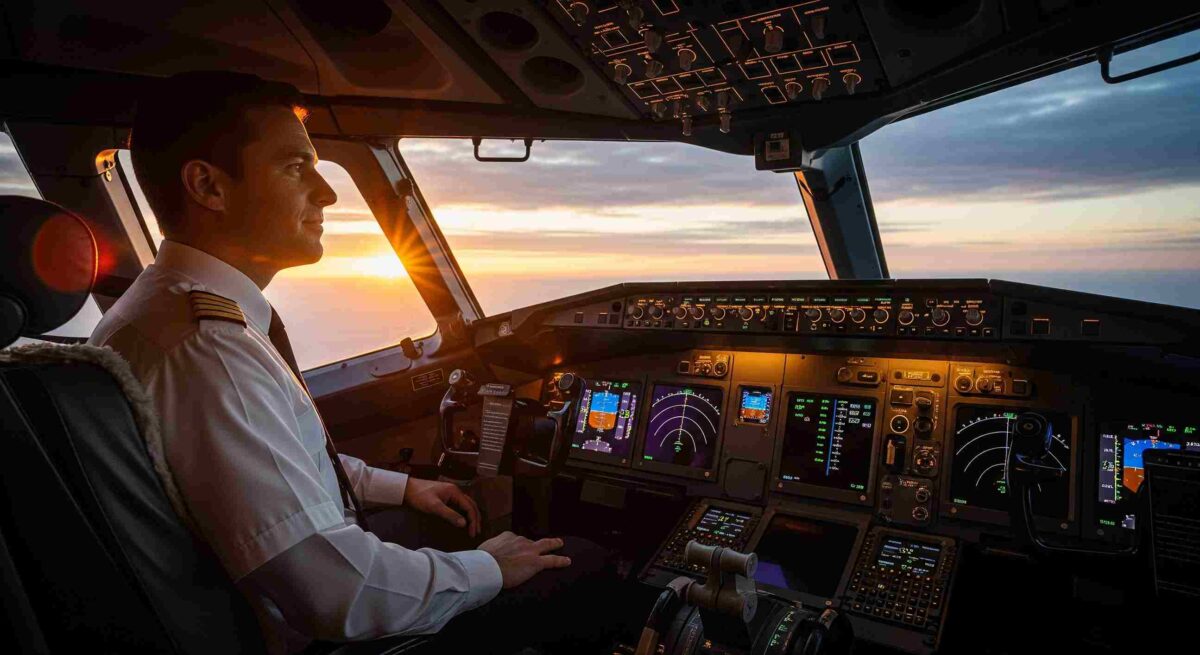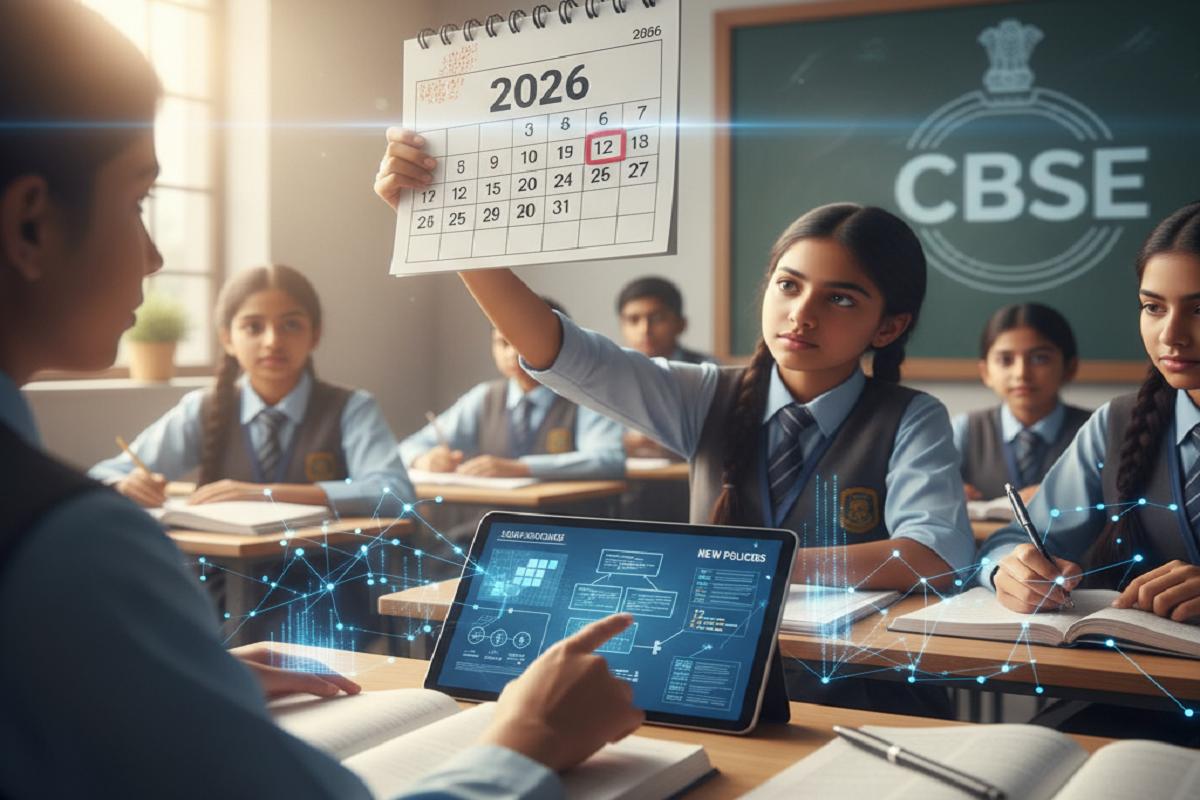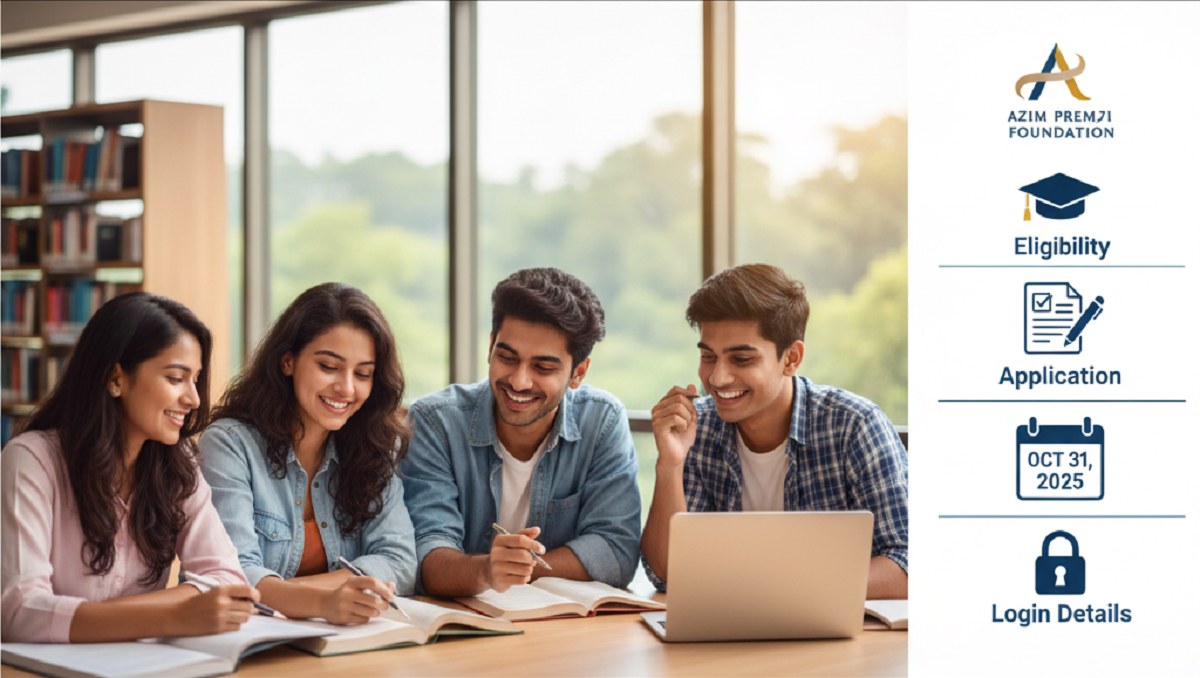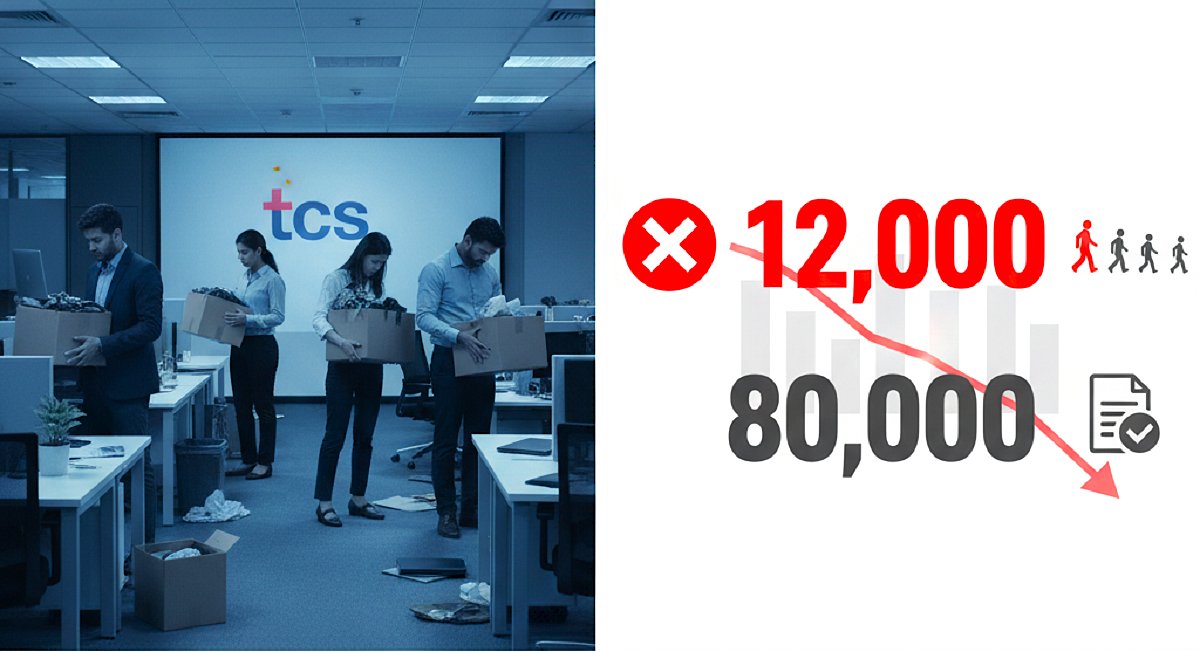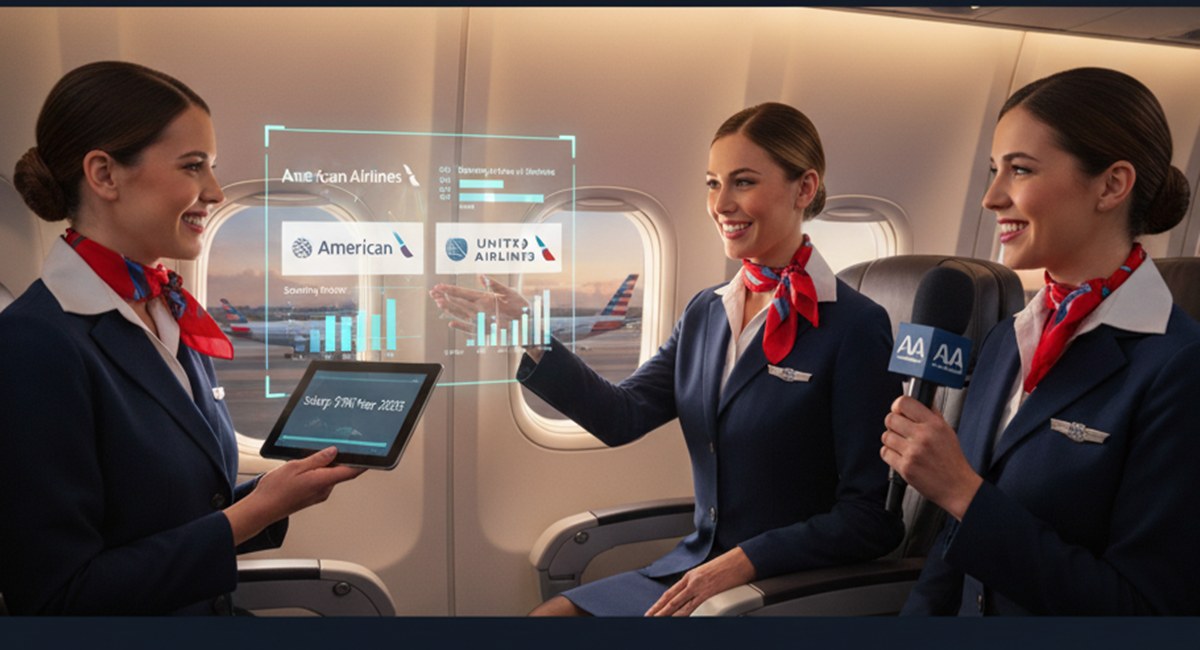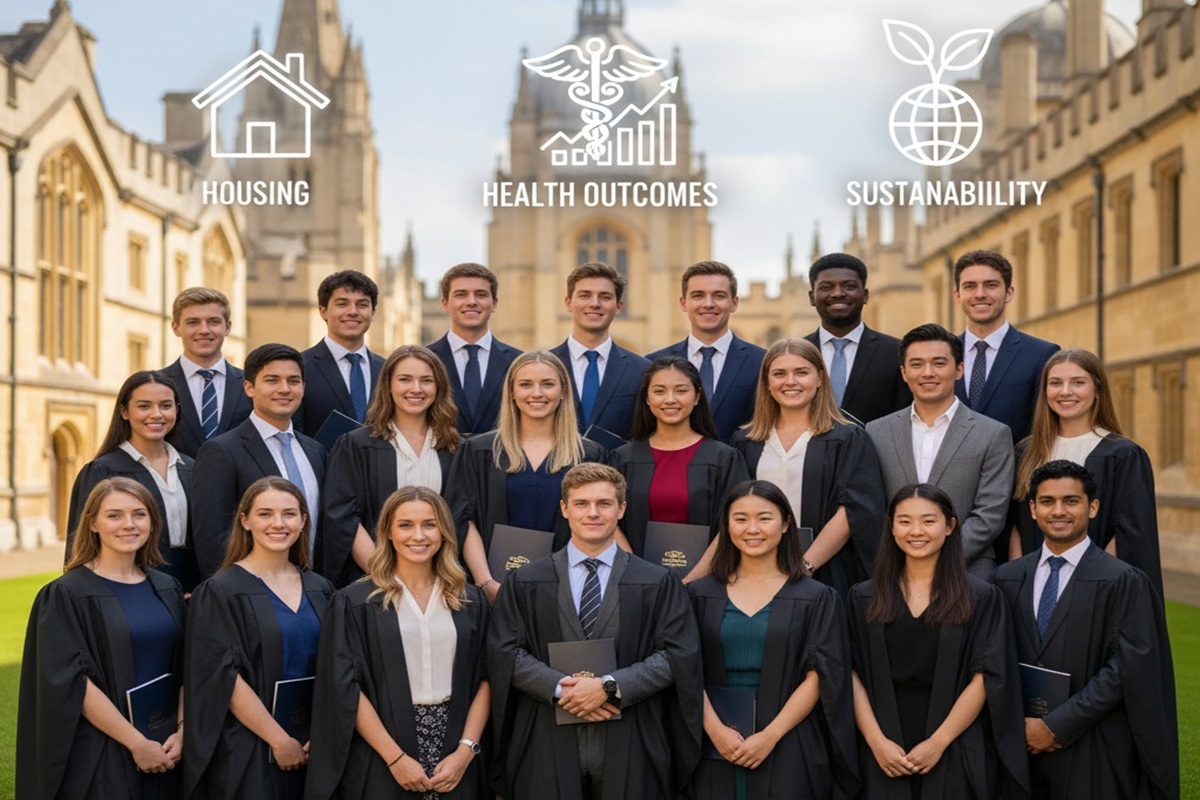Becoming an airline pilot is a challenging but rewarding career path. From meeting educational and medical eligibility to flight training, licensing and experience requirements, the process demands dedication, investment, and skill. This article outlines how to become an airline pilot in 2025, with the latest rules in India and international benchmarks.
Key Eligibility Requirements
- In India, applicants must usually pass Class 12 (secondary education) with Physics, Mathematics, and English. Minimum marks vary among flight schools. The aviation regulator (DGCA) is considering changing this so that students in Arts or Commerce streams may also become eligible under new draft policy.
- Age criteria: Minimum 17 years for starting pilot training in India. There is no upper age limit for the initial training, though airlines may impose their own limits later.
- Medical fitness: You need a Class 2 DGCA medical certificate to begin training, and later a Class 1 certificate for commercial pilot license (CPL). Vision, hearing, and general physical fitness are assessed.
Application & Training Process
- Selecting a flight school or cadet program. Many airlines in India (e.g. Air India, IndiGo) run cadet pilot or pilot training programmes.
- Ground school and theory. Topics include aerodynamics, meteorology, flight rules, navigation, aircraft systems, communication, etc. In India, you need to clear DGCA theory exams.
- Flight training hours. For obtaining a Commercial Pilot License, accumulation of required flying hours is essential. For example, some Indian flying schools require about 200 hours total flying experience.
- License & ratings. First get a Private Pilot License (PPL), then Commercial Pilot License (CPL). Internationally, to fly for airlines you often need an Airline Transport Pilot License (ATPL), which demands higher experience and hours.
Recent Policy Changes & Industry Trends
- The DGCA has proposed a policy allowing Arts & Commerce students (i.e. without Physics & Math in 12th) to pursue CPL, which would significantly broaden eligibility.
- From October 1, 2025, DGCA will begin ranking flying schools in India based on safety record and time taken to complete required flying hours (for example, time to log 200 hours). This aims to improve transparency and training quality.
- Airlines often require additional qualifications beyond the license: instrument ratings, multi-engine ratings, certain age thresholds or experience base. International standards (e.g. FAA in USA) also emphasize English proficiency, minimum age (often 21-23 for ATPL), and high medical fitness.
What Aspiring Pilots Should Keep in Mind
- Cost. Training is expensive: flight hours, fuel, instructor fees, ground schooling, simulator time all add up. Budgeting and possibly financial aid may be necessary.
- Experience & persistence. Getting the number of flight hours often takes time, especially if access to aircraft or simulator is limited. Delays may occur due to weather, maintenance, or school scheduling.
- Physical & mental readiness. The medical exams are strict. Also non-technical skills—decision-making, stress management, communication—matter a lot.
- Choosing the right school. With DGCA soon ranking schools, selecting one with good safety, reputation, and reasonable hour accumulation is increasingly important.
International Comparisons
- In the USA, the Federal Aviation Administration (FAA) requires student pilots to obtain specific medical certificates, private/commercial pilot certificates, then for Airline Transport Pilot License (ATPL) you need 1,500 flight hours.
- Many Indian pilots do part of their advanced training abroad, or get additional endorsements (e.g. instrument rating) to meet airline hiring standards.
Why It Matters: Impacts for Students & Industry
- With India’s aviation market expanding, demand for airline pilots is rising. Changes in eligibility and better school ranking may help reduce barriers.
- For students in Arts or Commerce, the pending policy change opens up wider opportunities, bringing diversity into the pilot community.
- Better regulated training and transparent selection should help safety outcomes and reduce dropout or debt burdens on students.
FAQs
In India, the minimum age to begin pilot training is typically 17 years old. For airline transport pilot licenses (ATPL), the age requirement is often 21–23 years depending on the country.
Historically yes, but recent proposals by DGCA may allow Arts & Commerce students to apply for Commercial Pilot Licences. The policy is still under draft and pending final approval.
Indian flight schools commonly require around 200 hours of flying time for CPL, including both dual (with instructor) and solo flight hours.
If you’re serious about this path, start by confirming current DGCA regulations, locate a well-ranked flight school, plan your finances, and prepare for the medical exams. Becoming an airline pilot takes commitment — but with reforms and clear stepping stones, it’s increasingly within reach.

